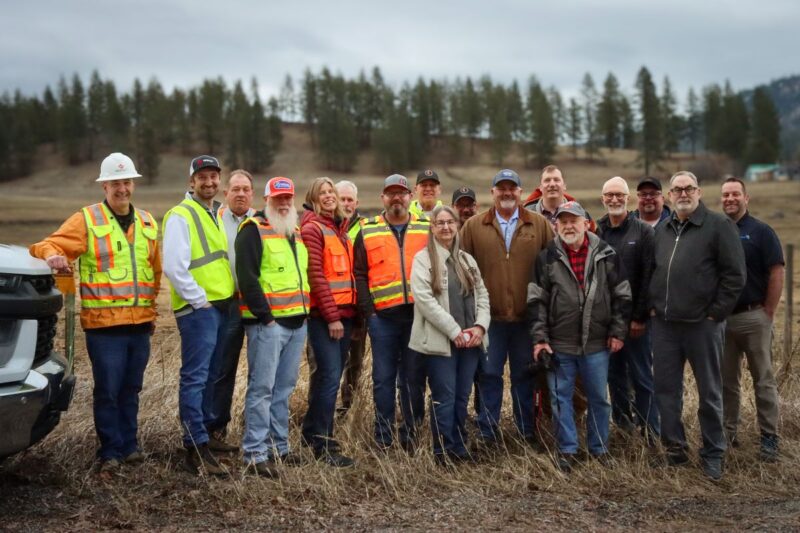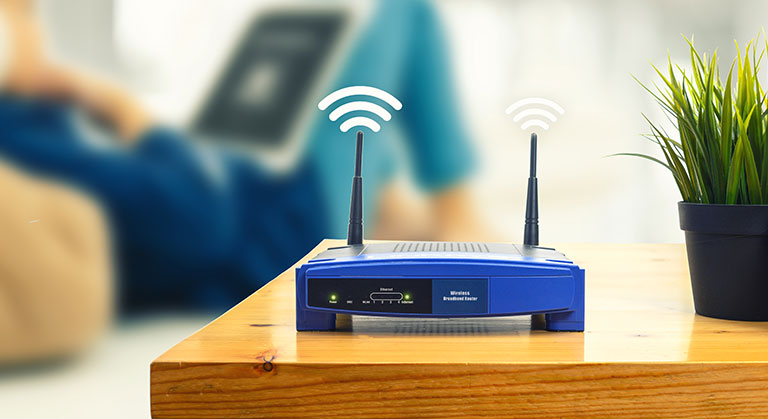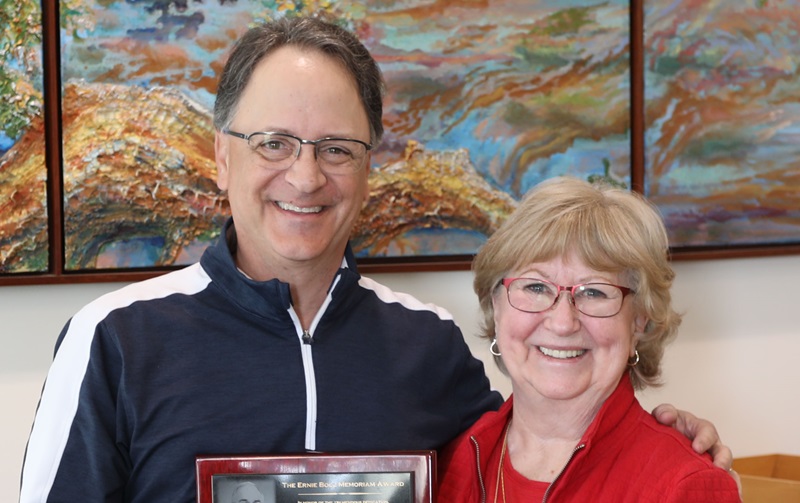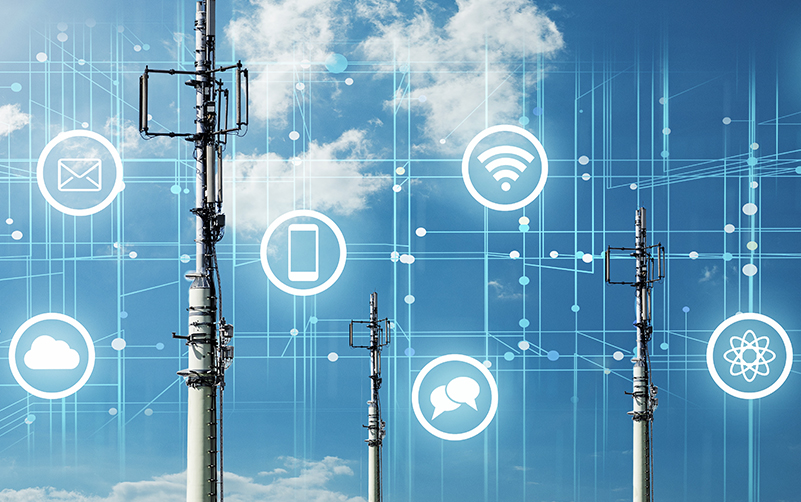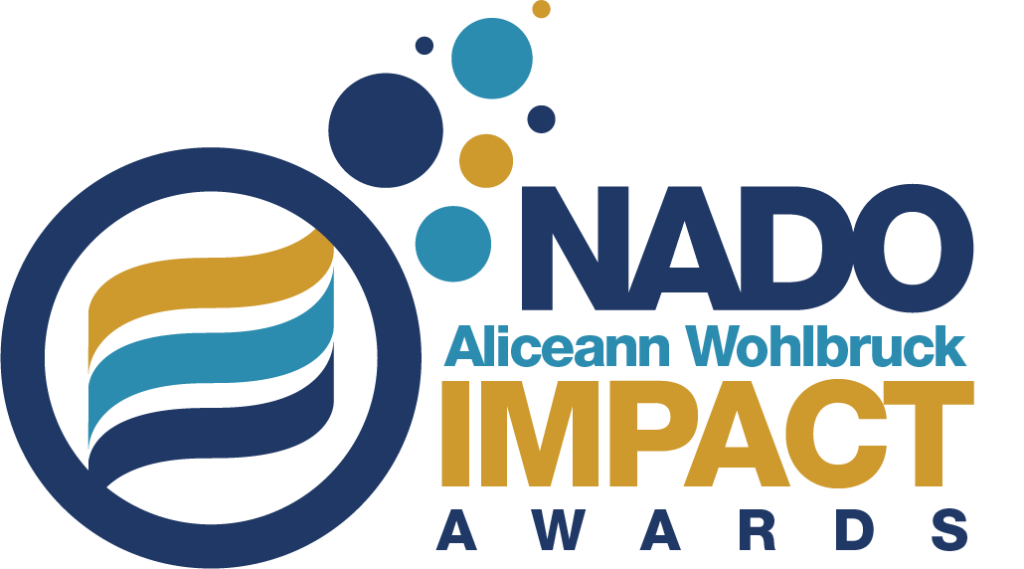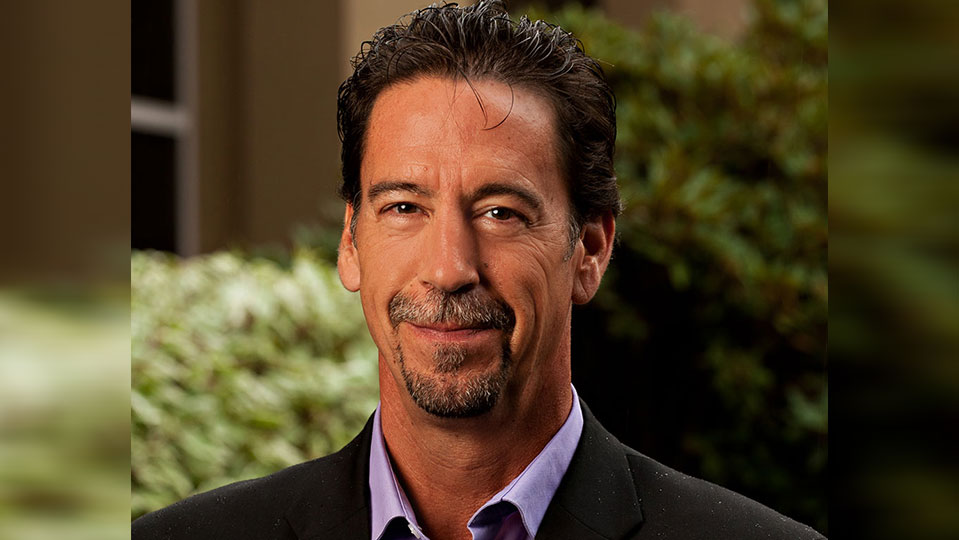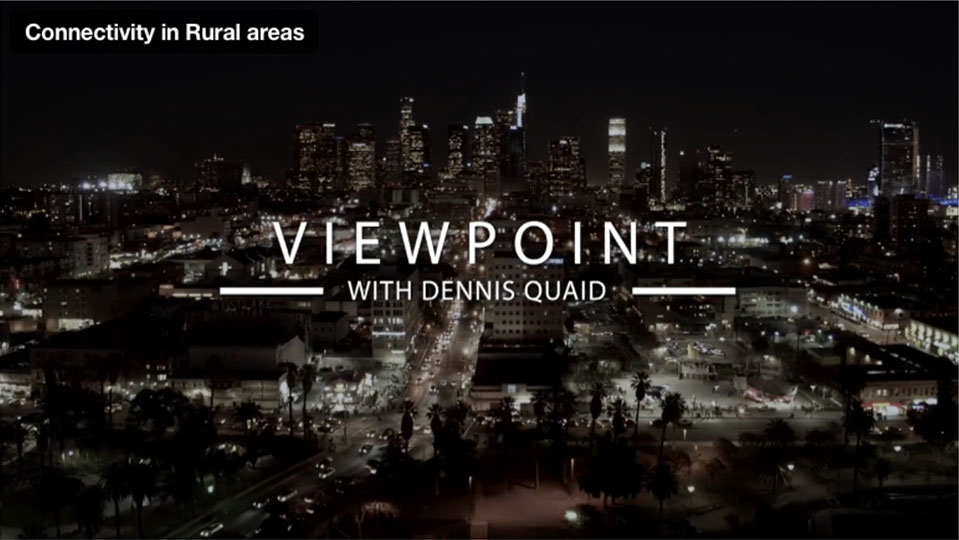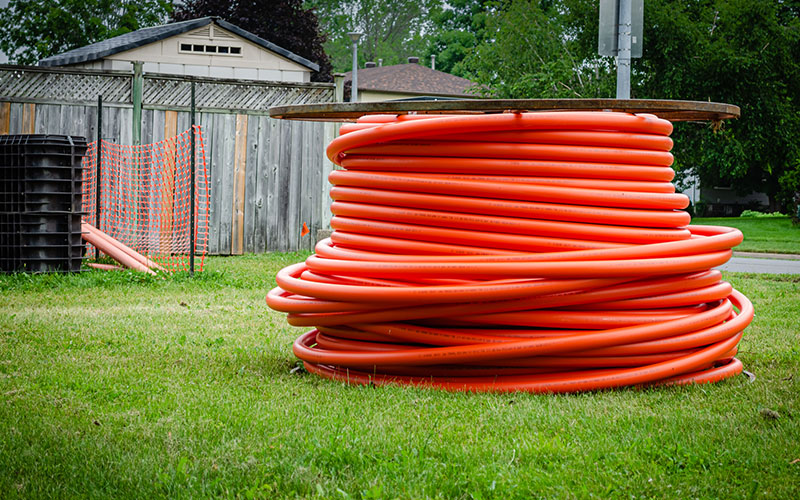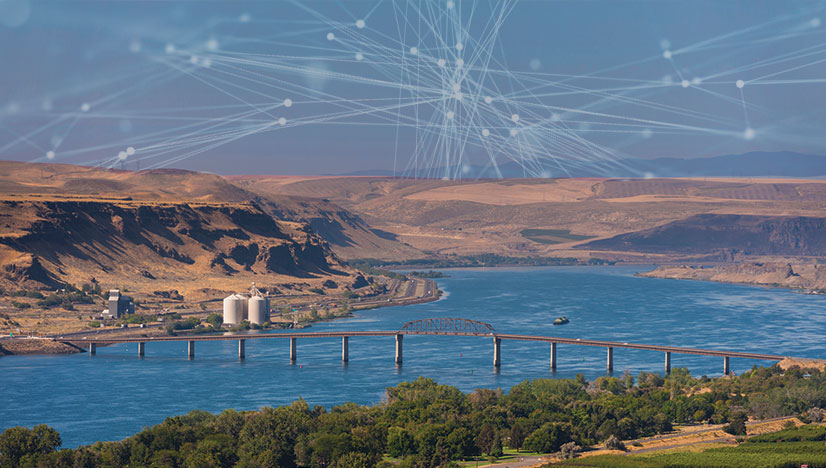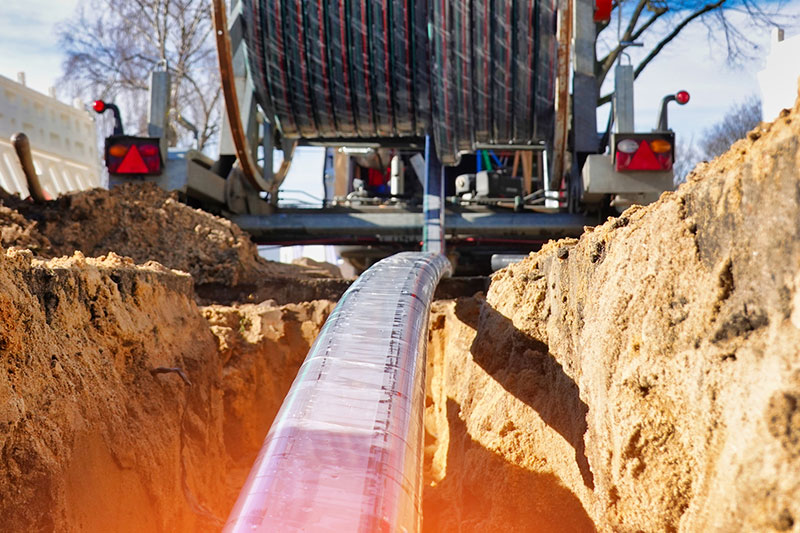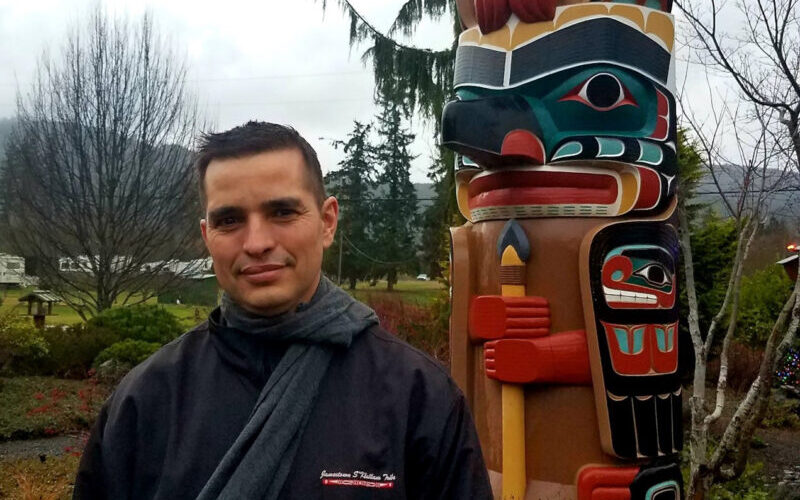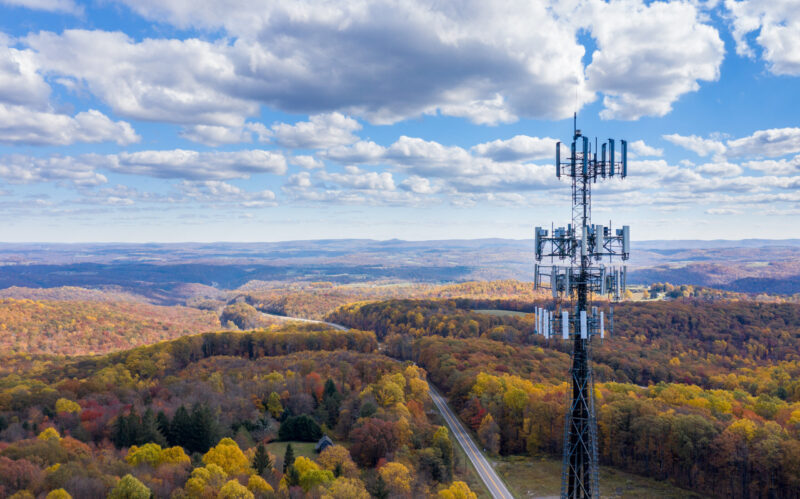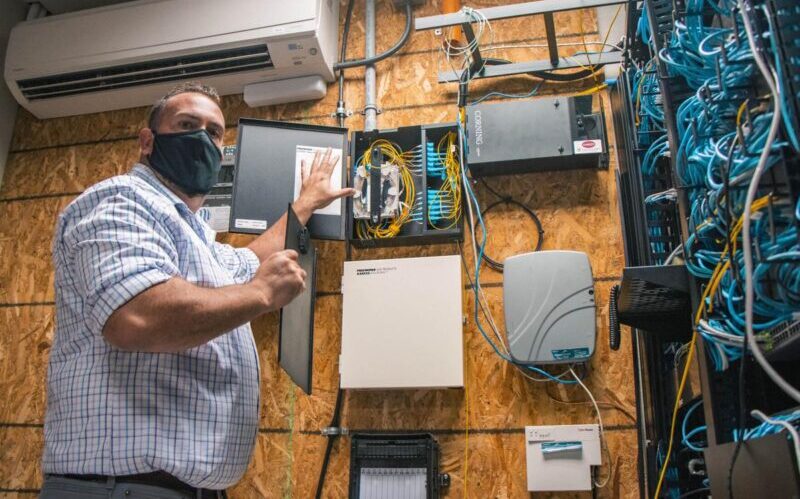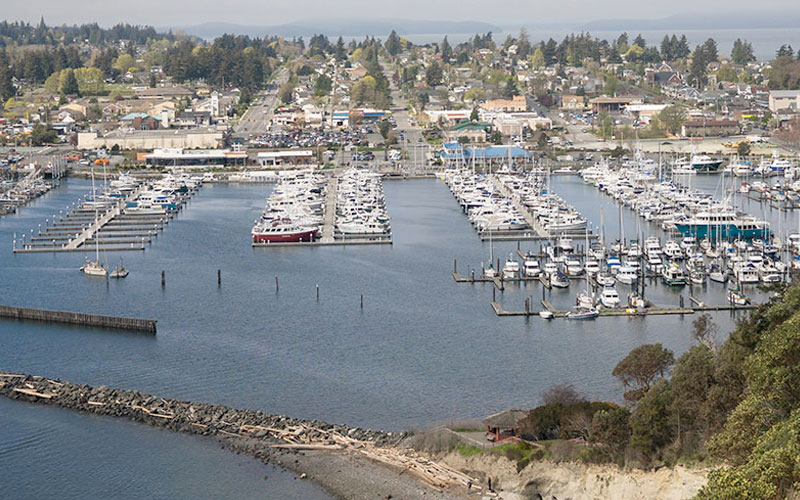The first of four critical planning phases for BEAD funding in Washington State is now available for review and comments at the Washington State Broadband Office (WSBO)! An initiative called Internet for All, this draft plan outlines every known Washington State community’s broadband needs, timelines, and partners, proposed budgets and timeline for the next five years.
This massive endeavor has been a from-the-ground-up effort incorporating local, tribal, and nonprofit actions, strategies, and ideas whenever as part of the development of the BEAD Five-Year Action Plan. This entailed an engagement process that included 12 listening sessions, 32 focus groups, and a statewide survey comprising over 3,400 individuals, organizations, and agencies, providing a full view of broadband and digital equity in Washington state, adding to published Community Action Plans.
First, a little background if you’re just starting to learn about BEAD: This Broadband Equity, Access, and Deployment (BEAD) Program, established by the Infrastructure Investment and Jobs Act (IIJA), appropriated $42.45 billion for States, Territories, and the District of Columbia (DC) to utilize for broadband deployment, mapping, and adoption projects. Up to $900 million to Washington State could be allocated for broadband infrastructure and access initiatives. Funding priorities begin with providing broadband to unserved areas (those below 25/3 Mbps), followed by underserved areas (those below 100/20 Mbps), and then serving community anchor institutions (1/1 Gbps). But, to participate in BEAD, states were required to submit a 5-year broadband action plan to help overcome barriers to access and adoption.
Public sector consulting firm GuideHouse has been working with WSBO since Nov. 2022 and drawing on the community outreach work of Washington State University (which has presence in nearly every county in the state) to stitch together each community interest’s identified gaps, needs, barriers and proposals. The resulting five-year Washington BEAD Action Plan serves as a thorough guideline.
Why BEAD Funding Matters
WSBO stated in its Plan summary that is recognizes an “equitable 21st century economy cannot occur without universal broadband infrastructure providing all Washington residents and communities with the ability to take advantage of the benefits broadband provides,” such as:
- Meeting the daily demands of modern society, including healthcare, education, workforce development, civic and social engagement, access to services.
- Supporting strong economic performance and long-term prosperity for all Washingtonians.
- Encouraging innovation and research
- Attracting global investments
According to WSBO, current identified challenges in Washington’s counties and federally recognized tribal nations include:
- Gaps in broadband infrastructure: 236,000+ residential and non-residential locations throughout the state are unserved. Barriers to access cited were ongoing operation and maintenance costs, challenging terrain, and the high cost of installing middle mile and underground infrastructure.
- Affordability: Washington’s Affordable Connectivity Program (ACP) enrollment rate is 26%, below the national average of 33%. Of the 1,125,000 eligible households in the state, less than 290,000 are enrolled in the ACP.
- Limited access to devices: 4% of Washington households do not have access to a computing device, almost 7% of all households in Washington exclusively own a smartphone, and as many as 15% of households do not have a desktop or laptop computer.
- Digital inequity: Listening session and focus group participants often cited low digital literacy and/or digital skills as a reason that their household does not have a broadband subscription.
Actionable priorities – From deep community and Broadband Action Team (BAT) input, the WSBO distilled seven key priorities for BEAD funding disbursement:
- Investing in resilient broadband infrastructure through activities that would expand last mile deployment to unserved and underserved locations.
- Improving broadband connectivity for community anchor institutions (CAIs) and increasing utilization of public assets, ideally to receive a minimum of 1 Gbps symmetrical speeds, enabling critical social and health services on resilient networks.
- Minimizing regulatory barriers to deployment such as coordinating with federal, state, local, and tribal agencies to streamline permitting processes, resolve pole attachment issues, and support the development of dig-once policies.
- Expanding technical support and capacity for sub grantees to support BEAD and other broadband funding opportunities.
- Supporting statewide workforce development efforts such as expanding educational programs and apprenticeship programs.
- Accelerating adoption of broadband services through establishment of partnerships with community organizations and local leaders to help reach underrepresented communities.
- Increasing affordability of broadband services through awareness of affordability initiatives that provide direct financial assistance to consumers.
Each priority has associated activities identified numerous partners and and work conducted by the WSBO to assess gaps and needs across the state, led by this vision statement:
Washington is committed to investing in universal broadband access that is affordable, reliable, scalable, and sustainable to support equitable economic development and connect every community throughout the state, enriching the lives of all Washington residents and businesses.
Goals, objectives, barriers to access and adoption, proposed activities and budgets, partners/stakeholders, roles and responsibilities, and a variety of maps are all found within this robust BEAD Washington five-year action plan. Curious about the broadband needs determined by your own community BAT or local action groups? Take a look at the plan here.
Timeline ahead:
2023: The WSBO will submit its Plan and the Initial Proposal by the end of the year.
2024: Pending the National Telecommunications and Information Administration’s (NTIA) approval of the Initial Proposal, the WSBO will begin implementing the BEAD challenge process. With approval of the Initial Proposal, WSBO may receive approval to use 20% of the total funding allocation for projects with specific criteria requirements being met. After the first BEAD funds are released on Feb. 25, 2024 (that mentioned 20%), we anticipate state programs for competitive grant funds to open in Summer/Fall 2024.
2025: The WSBO will submit the Final Proposal; sub grantee awards and funding commence.
2025 to 2028: Most of the deployment milestones should be well underway or nearing completion.
2028 to 2030: Almost all projects should be completed with evaluation for provisional extensions on a case-by-case basis. Final program evaluation and grant closeout activities follow.
Hitting all the priorities and activities on this timeline is a huge undertaking, but the hard work and dedication of numerous individual community members, community organizations, and many other public and private sector organizations are invested in the stated vision. We at NoaNet are thrilled to see momentum to date, and are committed to help make the vision happen!
Northwest Open Access Network (NoaNet) is a not-for-profit wholesale telecommunications mutual corporation that has been serving Washington State since 2000. As a mission-driven organization, NoaNet focuses on bringing world-class telecommunications technology to hard-to-reach communities which lack access to high-speed affordable broadband services.


